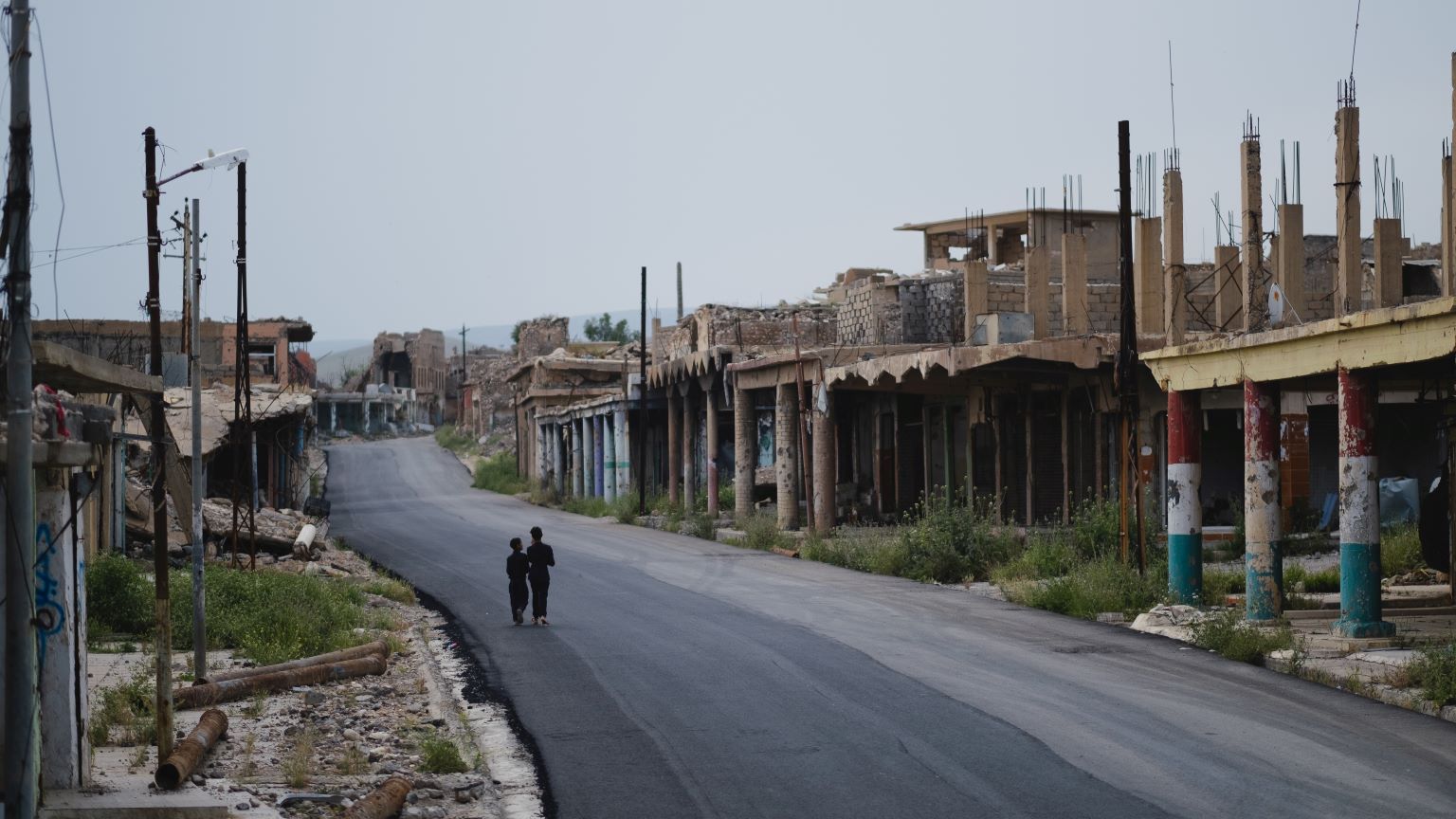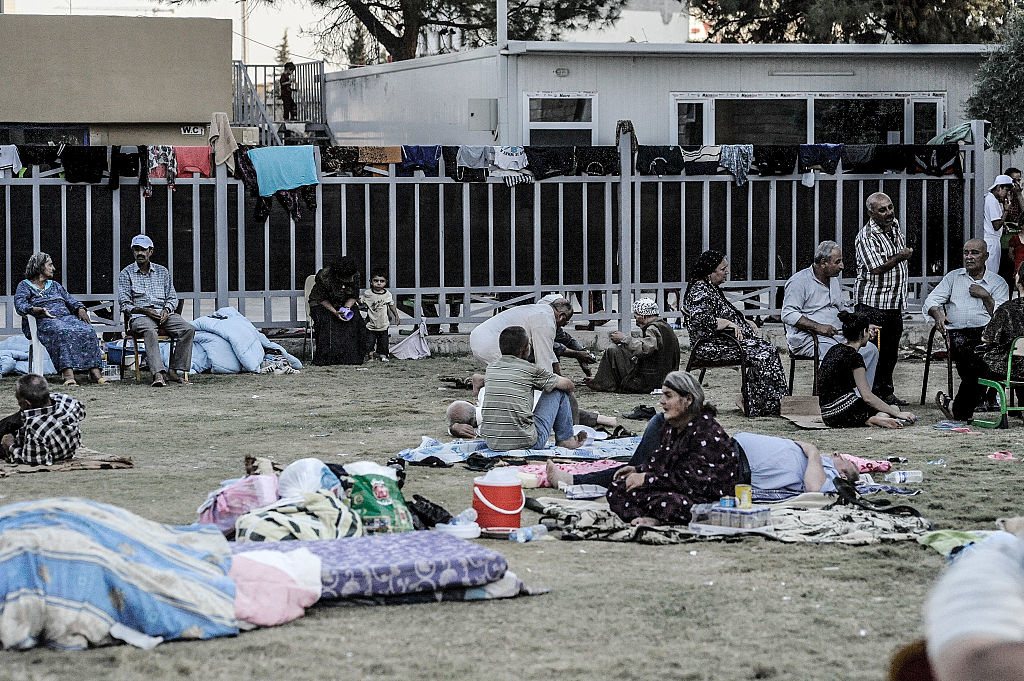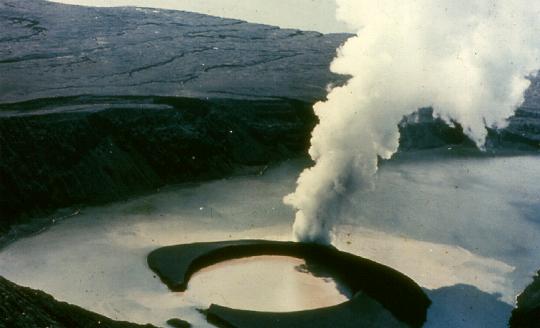Abandon All Hope: Rolling Stone’s “Kill Team” Photos

“Lasciate ogne speranza, voi ch’intrate,” Dante Alighieri wrote on the entrance to Hell in the Inferno section of his allegorical masterpiece The Divine Comedy. The English translation usually goes something like “Abandon all hope, ye who enter here.” When the soldiers featured in the gruesomely repugnant story “The Kill Team” in a recent issue of Rolling Stone settled on a motto to place on the entrance to their quarters, they mangled Dante’s words into “Abandon all hope he who enter” (shown above). “The Kill Team” not only killed innocent Afghan people for sport, thus mangling the honor of our military, but documented their actions in photographs that celebrate the murders. Looking at these photographs (which are not for the faint of heart) and facing the prospect of a third theater of war in Libya, it’s hard not to abandon hope for our military and our proposed mission to bring peace to the world.
When we all saw the Abu Ghraib photos, we as Americans wrote them off as an aberration, maybe even the exception that perversely proves the rule that we’re the good guys and gals who just don’t do that kind of thing. The shock of those photos took years to wear off, and maybe actually had, only to be resurrected by these new photos recording the murders of innocent Afghans, the very people we went to Afghanistan to protect from the Taliban, the bad guys. In The Abu Ghraib Effect (which I reviewed here in 2008), Steven F. Eisenman examined the effect or, more accurately, the lack of an effect of the Abu Ghraib pictures on the 2004 U.S. presidential election and George W. Bush’s reelection despite the revelations. “Given this history, it is reasonable to assume that a majority of U.S. citizens are not much bothered by the fact of U.S. torture,” he concludes. Will “The Kill Team” photos slide past our collective consciousness as well? Or will these pictures strike a chord and lead to a change of heart?
“Before the military found itself short of troops in Afghanistan and Iraq, Morlock was the kind of bad-news kid who the Army might have passed on,” the Rolling Stone article says of the man in the photo shown, who was one of the main architects in the killings. “He grew up not far from Sarah Palin in Wasilla, Alaska; his sister hung out with Bristol, and Morlock played hockey against Track. Back in those days, it seemed like he was constantly in trouble: getting drunk and into fights, driving without a license, leaving the scene of a serious car accident.” These photos are a snapshot of American military might in action, unfortunately. There are certainly many, many good and honorable men and women in the military working hard to make the world better. But at the same time there are too many “Morlocks,” most of whom we’ll never see in pictures, and they are the ones that the Afghans and the world will remember, and we should, too. Morlock is a victim here as well—a troubled man placed in a difficult situation that he never would have been considered for if our military had not been stretched so thinly.
“Villain, thou know’st no law of God nor man:/ No beast so fierce but knows some touch of pity,” Shakespeare writes in Richard III (I, 2, ll. 245-246). These photographs of “The Kill Team” (and not just one but two videos of murder being committed) show disregard for the laws of humanity and divinity. Even worse, when the killers raise the heads of their victims like hunting trophies for the photo opportunity, they show no “touch of pity.” In his book, Eisenman quotes Walter Benjamin saying, “There are no documents of civilization that are not equally documents of barbarism.” You may say that Benjamin had a dark view of civilization, but you might need to remember that Benjamin took his own life rather than be captured by the Nazis pursuing him because he was Jewish. These “Kill Team” photos are documents of our American civilization whether we like it or not. Whether the barbarism they display is truly reflective of what our civilization is or can be is up to us. I, for one, haven’t abandoned hope.





